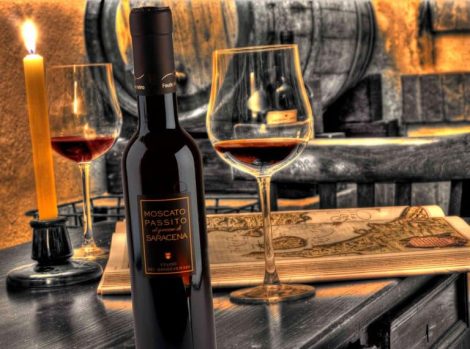Sicily, renowned for its Mediterranean products that make its culinary tradition unique, is making waves in the world of agriculture due to the growing number of enthusiasts and farms venturing into the cultivation of tropical fruits.
While the introduction of citrus fruits in Sicily under Arab rule dates back to the 9th century and that of prickly pears, thanks to the Spaniards, occurred after the discovery of America in the 15th century, today it is possible to stroll through lush orchards with branches swaying in the breeze, surrounded by the scent of mangoes, papayas, and passion fruits. It might seem like a dream, but in Sicily, it's becoming a reality.
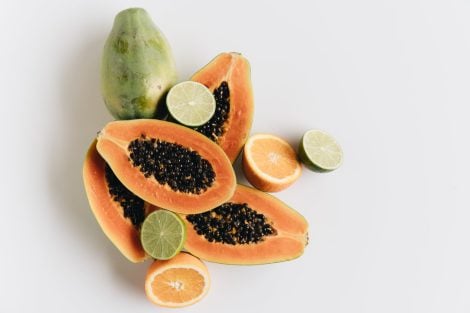
The Mediterranean Challenge: Adapting to the Climate
Cultivating tropical fruits in a region known for its Mediterranean climate poses some challenges. Sicily, with its hot and dry summers, may seem far from the rainforests where these fruits typically thrive. However, Sicilian farmers, supported by nurseries and agronomists specializing in exotic crops, are succeeding.
"Through the choice of the right microclimate, careful selection of the right cultivar varieties, and the use of irrigation systems, covers, windbreaks, and, only in some cases, greenhouses, Sicily can now successfully cultivate dozens of new tropical and subtropical fruits," says Professor Vittorio Farina, an expert in tropical and subtropical fruit cultivation at the University of Palermo.
From Palermo to the Tropics: Success Stories
One success story is the cultivation of avocados, mangoes, and papayas in Sicily. Years after the first experimental plantations started in the 1950s-60s with avocados, different areas of Sicily are now home to a variety of these fruits.
Along the Tyrrhenian coast, from Trapani to Messina, passing through Palermo, the best cultivars of mango, papaya, and passion fruit ripen. The slopes of Mount Etna and Giarre are known for avocados, in the Ragusa area, tomato greenhouses have been repurposed for papaya cultivation, particularly demanding, while between Menfi and Sciacca, avocados and mangoes reign supreme.
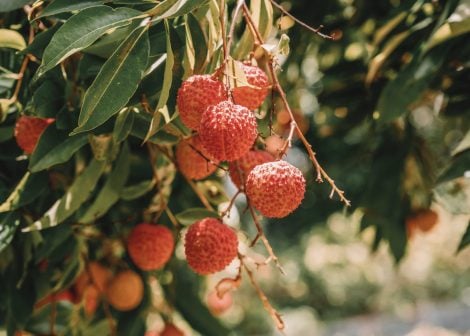
In addition to these species, now produced in quantity and primarily destined for the European market, willing to pay €5-6/kg, other niches are emerging, cultivated in small plots. These include three types of guava: the Mediterranean and intoxicating yellow, the tropical white, and pink, annona, the curious sapote, with an intense cocoa flavor, lychee and oriental dragon fruit, star fruit, more decorative than tasty, as well as Brazilian feijoa and South American physalis.
And what about Asian citrus fruits? From simple lime to kaffir or combava, essential for the fragrance of its peel and leaves in Thai cuisine, yuzu for marinades, dips, and sauces in Japanese cuisine, Australian finger lime for plate decoration and cocktails. For these last varieties, the cost per kg can range from €7 to €12!
Europe, Main Export Market
The demand for exotic fruits continues to grow worldwide and in Europe, driven by the nutraceutical properties of these fruits; just think of the unsaturated fats in avocados or the antioxidant properties of mangoes. "Sicily, with its tropical fruits picked from the plant at the right ripeness, can compete with those from the southern hemisphere imported by air for the taste/quality/price ratio," says Natale Torre, a true tropical plant hunter and pioneer with his nursery in Milazzo in this type of production. Considering that organic farming is gaining ground in this sector and the widespread use of harmful pesticides in the Southern Hemisphere, we understand the motivations of those who prefer exotic fruits Made in Sicily.
Culinary Impact: Fusion of Flavors
The introduction of tropical fruits in Sicily is not only transforming the agricultural landscape but also influencing the vibrant food and beverage scene on the island. Chefs, pastry chefs, and ice cream makers, but also producers of liqueurs and spirits or simple jams, are experimenting with new recipes that blend traditional Sicilian ingredients with exotic flavors. Imagine enjoying a Sicilian granita infused with the fragrance of local passion fruits or a refreshing cocktail with kaffir lime peels, cultivated along the Mediterranean coast.
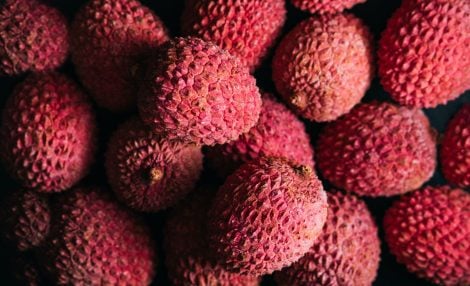
The Importance of Knowledge
Amidst so much curiosity and a desire to experiment, the almost total lack of information on the traditional use and applications of these fruits, cultivated and used for millennia in other cultures, is surprising. Already in colonial times, the Conquistadors imported cocoa, indifferent to the use that native peoples made of this wonderful gift of nature. While looking with the innocent eyes of a child has allowed creating a new product from cocoa, chocolate, ignoring its millennia-old use has certainly been a limitation in terms of possible applications. By delving into the recipes of other cultures, sweet and savory, solid and liquid, in the countries of origin, we will surely find many new ideas to learn how to use them to the best.

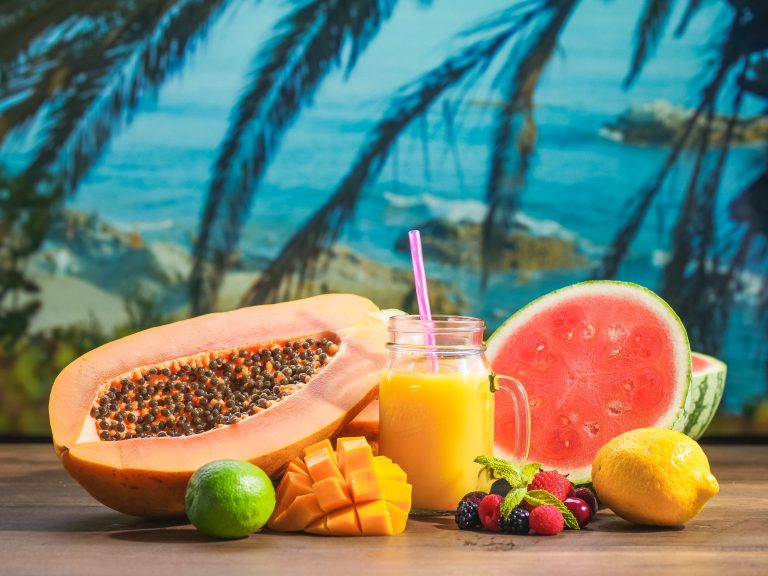
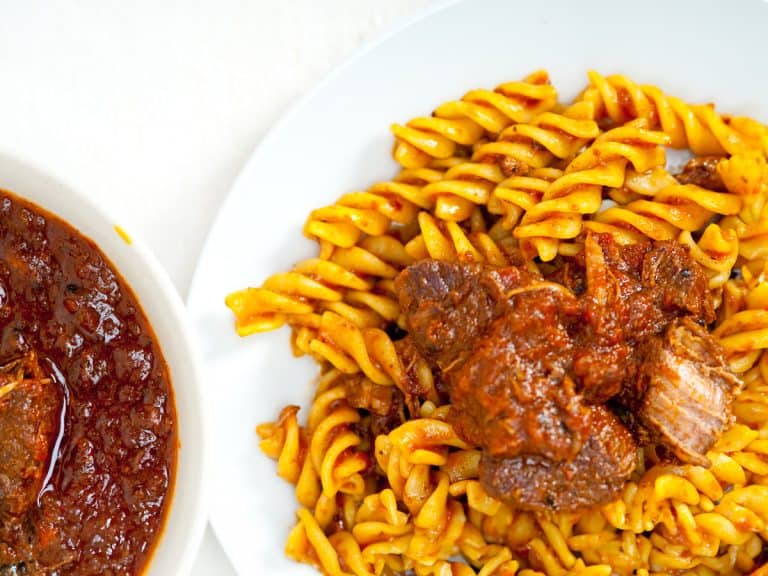 Neapolitan or Bolognese? The (tomato-free) history of the two ragùs that divide Italy
Neapolitan or Bolognese? The (tomato-free) history of the two ragùs that divide Italy Dom Perignon for dogs and sleepless rock stars: the bizarre requests to the world’s best hotel manager
Dom Perignon for dogs and sleepless rock stars: the bizarre requests to the world’s best hotel manager The oil always moves north, reaching England. How the map of olive trees is changing due to climate change
The oil always moves north, reaching England. How the map of olive trees is changing due to climate change The Nobel Sandwich we tried at CERN, just steps from antimatter
The Nobel Sandwich we tried at CERN, just steps from antimatter The two young talents from Gattinara revolutionising Italian cuisine
The two young talents from Gattinara revolutionising Italian cuisine
